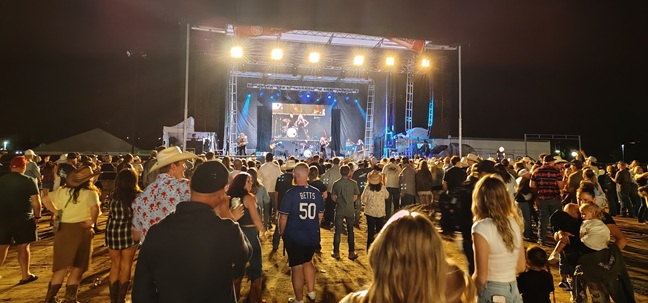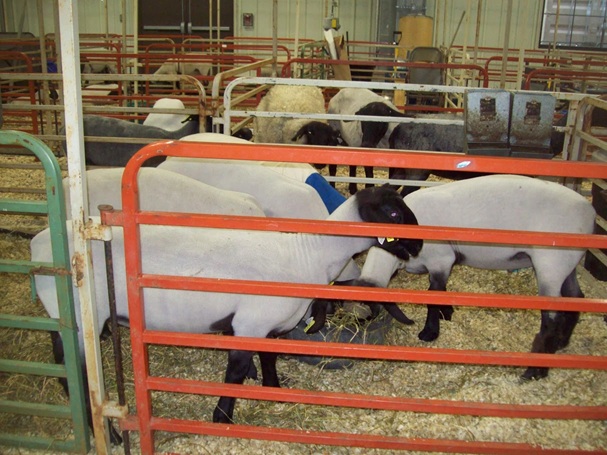I don’t really like talking about politics.
I have my own opinions, leaning off-center, but I won’t say which way, because it shouldn’t matter. What I care about more than declaring my political lean is holding space for honest conversation. What matters more to me are the people in my life. I have friends who lean the opposite way from me and that’s okay. They’re my friends. When they say something I find disagreeable, I’ll push back. I’ll debate back. We don’t physically fight. We spar. Verbally. No one’s mind is ever changed, but the verbal jousting clears the air. Then we go out for a beer and laugh about the dumb things we did when we were younger.
That’s a healthy conflict. It’s frustrating, but it’s safe. Nobody bleeds, nobody goes to jail, nobody gets buried.
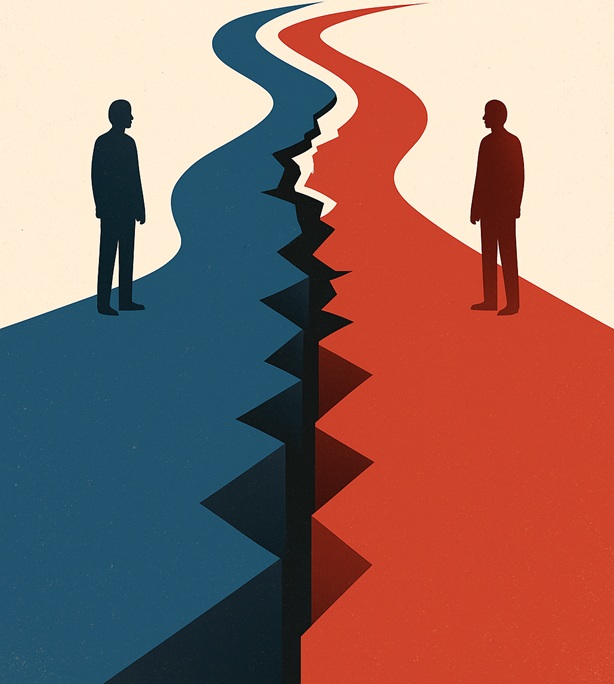
What astonishes me about our world today is how much activism has become fused with violence. The recent assassination of Charlie Kirk isn’t the reason I’m writing this, but it is one of the reasons. Among the many others: the June assassination of Minnesota legislator Melissa Hortman, the April firebombing of Pennsylvania Governor Josh Shapiro’s residence. And those are just this year.
The list of political violence from the last decade is staggering. The 2017 Congressional baseball game shooting. The 2020 kidnapping plot against Michigan Governor Gretchen Whitmer. The 2020 attempted assassination of Judge Esther Salas. The 2022 attempt on Brett Kavanaugh’s life. The brutal attack on Nancy Pelosi’s husband. The shooting spree against New Mexico officials in 2022–2023. Two attempts on Donald Trump in 2024, just weeks apart.
This isn’t a partisan problem. This is both sides of the aisle. And this is the United States of America.
Voting with your gun is not a new thing in the United States. The assassinations of Abraham Lincoln and John F. Kennedy are among the best known. The assassinations of presidents James Garfield and William McKinley are almost forgotten in our common lore. Reagan was shot and lived. Teddy Roosevelt took a bullet in the chest and went on to deliver a 90-minute speech. We romanticize the frontier, but do we really want frontier justice back in the public square?
Is violence a legitimate means of expressing one’s political opinion? Is it free speech? Protected speech? Think carefully about the world that would create. A nation where assassination becomes routine is not a democracy. It is a battleground and battlegrounds don’t host elections. They host wars. Is this what the highest levels of democracy embodies for us?
What unsettles me most is not just the violence itself, but the creeping sense that it is becoming ordinary.
Some say that the United States has not been this divided since the Civil War, when conflict became state against state, neighbor against neighbor, brother against brother. I have two friends, brothers, whom I’ve known since high school. One is a year ahead of me, the other is a year behind. We grew up together — ate in each other’s kitchens, annoyed each other’s mothers, survived adolescence in the same small circle. Their bond was unbreakable. Except, it was broken. One brother wrote a politically themed book in 2024 and that created a conflict with the other brother, a conflict so bad that they have not spoken since.
I am still friends with both, but they are not friends with each other. I agree with one. I don’t understand the politics of the other. But the question that nags me is this: does politics really have to decide our friendships? Couldn’t we skip the ideology and still be friends, challenge a mountain, challenge a bar, dare each other at the zoo’s lion exhibit? (Spoiler: it’s never the lion who blinks first.)
Their broken bond feels like a mirror of the country. We are one people split down the middle, daring each other to cross the line. So where does this lead? Do the parties pick up arms and settle it by force? Do we fracture into two nations, the Liberal States of America and the Conservative States of America? Or do we rediscover that democracy is not about dominance, but about coexistence?
There aren’t many paths. We could double down on violence until no one feels safe. We could retreat into echo chambers until the other half of the nation feels like foreigners. Or — harder, slower, but better — we could work at rebuilding trust. That means listening without planning our rebuttal. It means remembering that the person across the table is still a neighbor, still a parent, still a human being who laughs at dumb jokes.

Perhaps the most thoughtful path is to acknowledge that the middle ground isn’t a political compromise, but a social one. It’s the space where we can recognize that the person on the other side of the aisle is a human being with their own fears, hopes and beliefs. The path forward might be less about changing minds and more about restoring trust and shared values, not just in our political institutions, but in each other. It means finding the humanity in our opponents, treating them as neighbors rather than enemies. It’s about remembering that the verbal sparring we once enjoyed can still exist without the risk of bloodshed.
The middle ground is not glamorous. It doesn’t trend. It doesn’t draw clicks or campaign donations. But it is where trust lives. It is where values can be shared again. The middle ground isn’t about politics. It’s about friendship, civility and a future where our disagreements don’t threaten our existence as a society. The middle ground is the neighbor who disagrees with your vote, but still shows up with a shovel when your driveway is snowed in. Political assassination may be making headlines, but it doesn’t have to write our future. We can. And if my two friends ever find their way back to each other, maybe the rest of us can, too.
America can’t lead the free world if we can’t even manage ourselves.


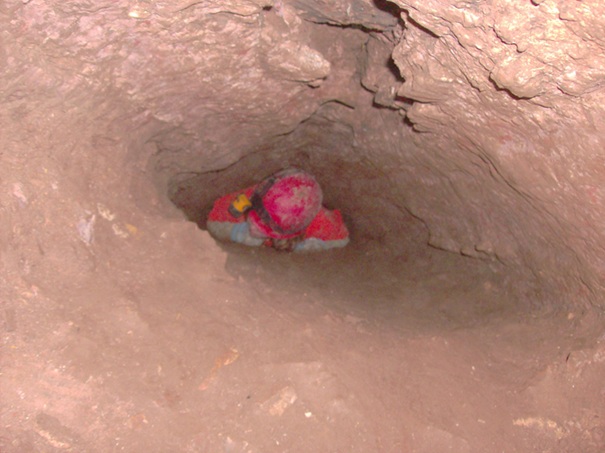
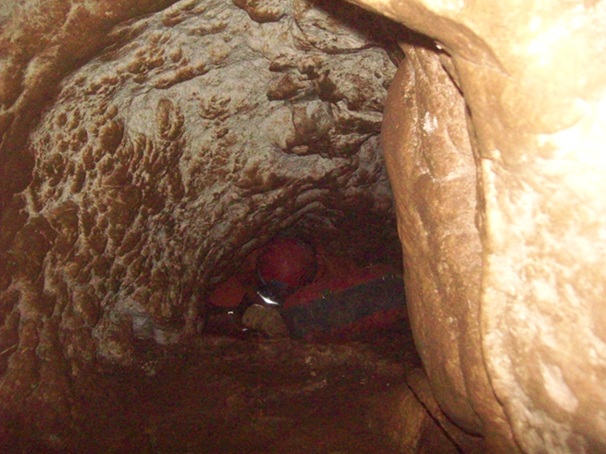
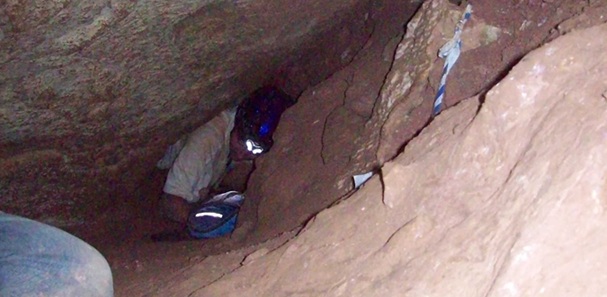
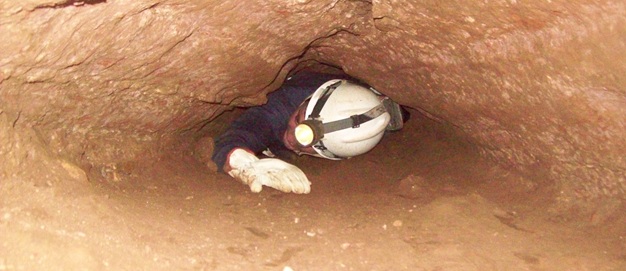
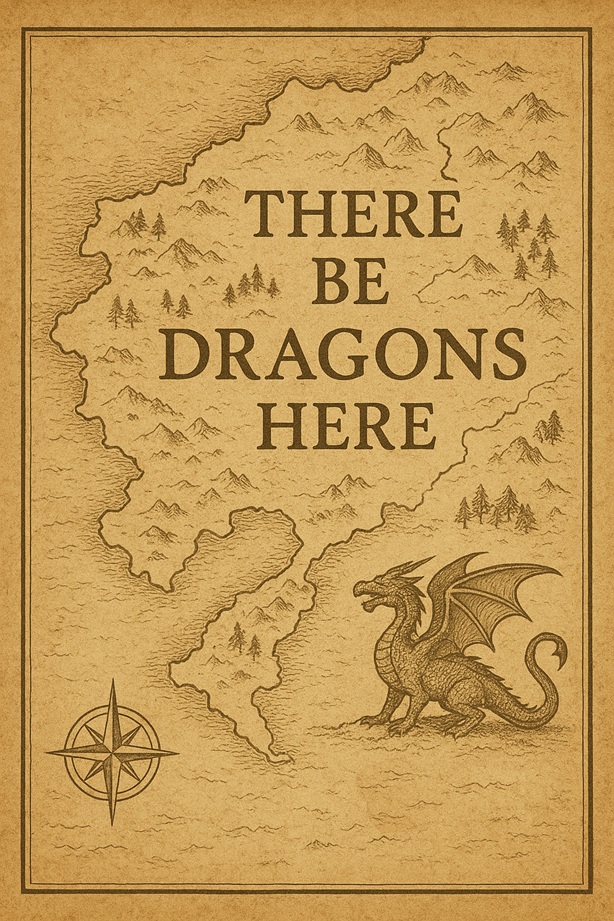
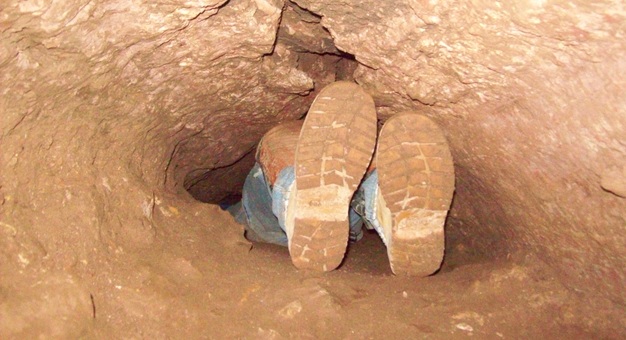
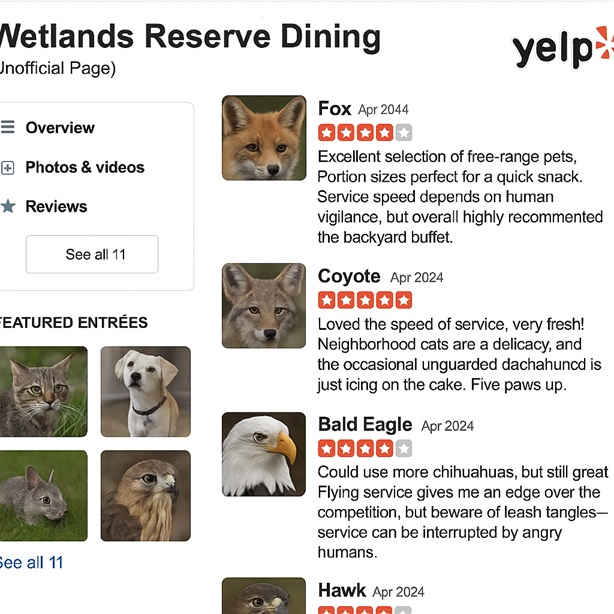
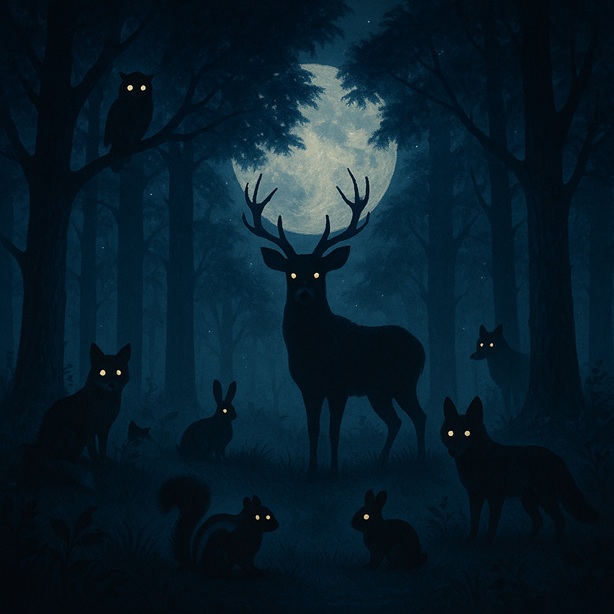




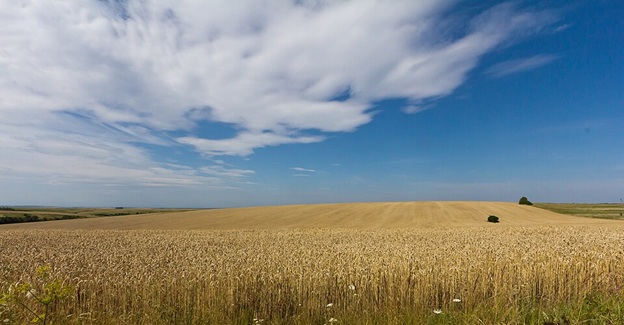



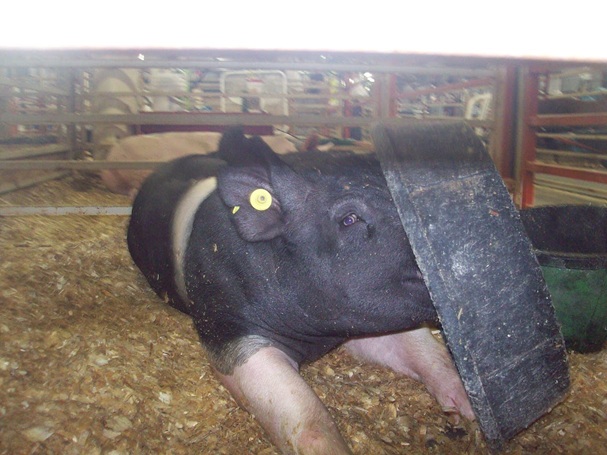
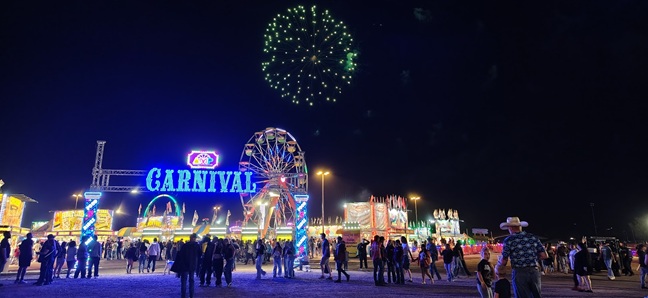
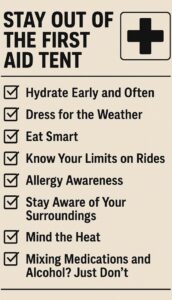 Dress for the Weather. Grab hats, sunglasses and sunscreen for the hot days and bring along light layers for the cooler evenings.
Dress for the Weather. Grab hats, sunglasses and sunscreen for the hot days and bring along light layers for the cooler evenings.